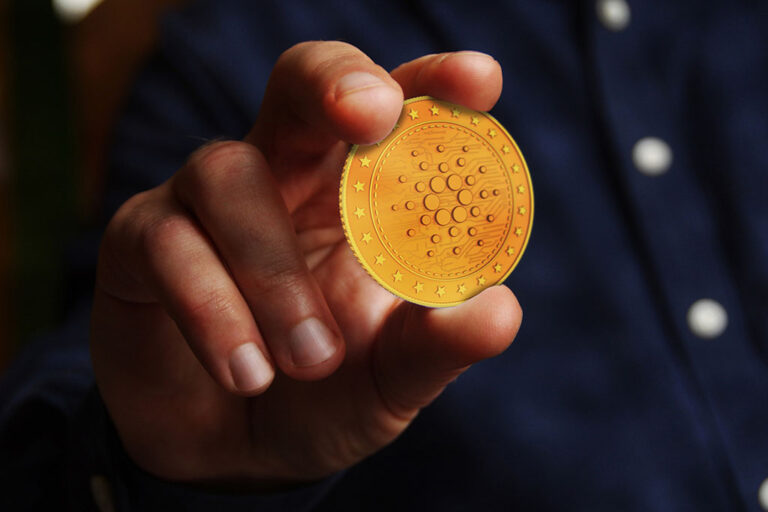Charles Hoskinson has broken his silence on whether Cardano is superior to Solana blockchain.
There is a new debate about which is faster, Solana SOL $133.1 24h volatility: 1.9% Market cap: $74.80 B Vol. 24h: $6.33 B or Cardano ADA $0.41 24h volatility: 1.1% Market cap: $14.97 B Vol. 24h: $811.37 M . As expected, Charles Hoskinson, the founder of the Cardano blockchain, has chosen his network over Solana. He cited a few features, including “Leios”, as Cardano’s hedge over Solana. Noteworthy, comparisons between blockchains are not a new trend in the crypto and Web3 ecosystem.
Cardano’s Speed Over Solana
Hoskinson’s X statement was in response to an earlier post by Richard McCracken, a core Cardano stakeholder. The engineer designed a hypothetical poll seeking the opinion of his followers on two proposals.
“Imagine you are a Cardano DRep and the monthly budget is 20 million Ada, two proposals are open. 1. Build a Rust node requirement for 11 million Ada 2. Implement a Leios requirement for 12 million Ada. How do you vote?” McCracken wrote on X.
The options available to voters are “Yes to Rust Node req”, “Yes to Leios req”, “Yes to both”, and “Neither/show results”.
Hoskinson does not think the first option benefits the Cardano ecosystem. He clarified that a Rust Node does not give the Layer-1 blockchain any new differentiating features for users. According to Hoskinson, Leios makes Cardano faster than Solana without losing decentralization.
The rust node gives us no new differentiating features for users. Leios makes us faster than Solana without losing decentralization…
— Charles Hoskinson (@IOHK_Charles) September 15, 2024
In the above-mentioned order, the options received 8%, 54%, 17%, and 22%, respectively. This result suggests that other community members and the broader crypto ecosystem hold the same opinion. They are more geared towards accepting Leios req.
Current Outlook of Solana and Cardano
Without comparison, the two Proof-of-Stake (PoS) blockchains are performing well in terms of their ecosystem evolution. While Solana has had some downtimes, it recently jumped to a bullish recovery. In August, Solana hinted at a potential downturn in transaction volume following a significant drop in activity on the Pump.fun platform. However, the network’s transaction volume stabilized at the beginning of this month.
It began to function at normal levels despite a brief dip in fee generation. TokenMetrics noted that its weekly fee generation exceeded over $4 million, while the network also saw a peak of over 3 million daily interactions with wallets. This high level of engagement reflects Solana’s continued relevance in the crypto space.
Similarly, Cardano recently pushed the boundaries of blockchain technology by venturing into quantum money and one-shot signatures. Hoskinson recently addressed the Tokyo Institute of Technology students, unveiling a possible push into hardware production. In the near future, Cardano plans to work alongside some top tertiary institutions, including Tokyo Tech, to achieve this feat.
Also, Cardano saw an upward trajectory last week, having recently surpassed the $0.340 resistance level. It is trading at $0.3323, corresponding with a 5.63% dip in the last 24 hours.
next